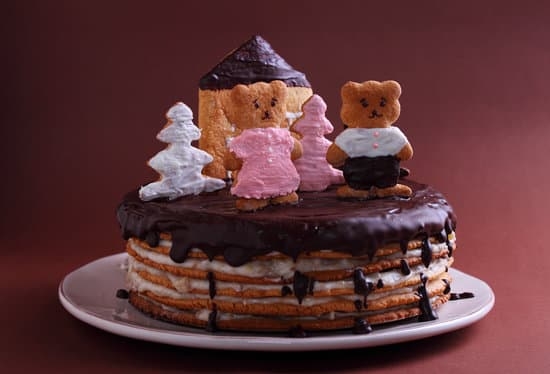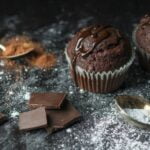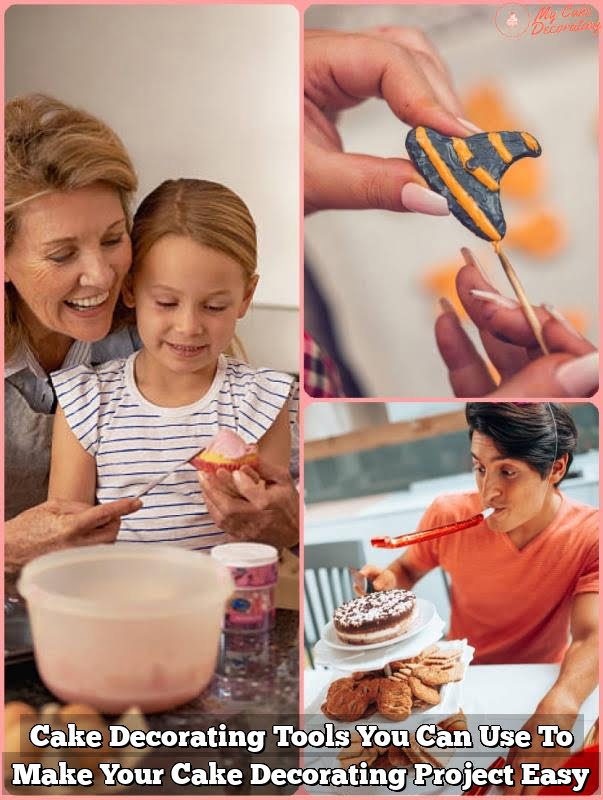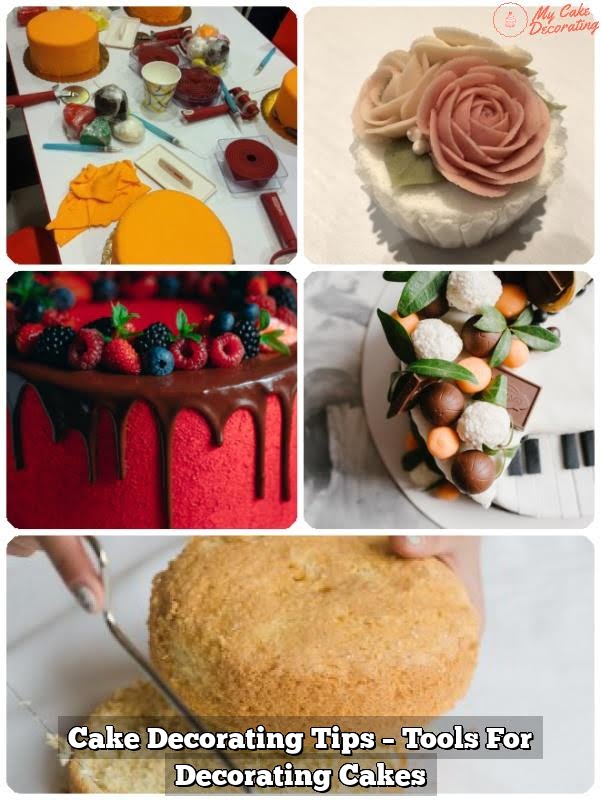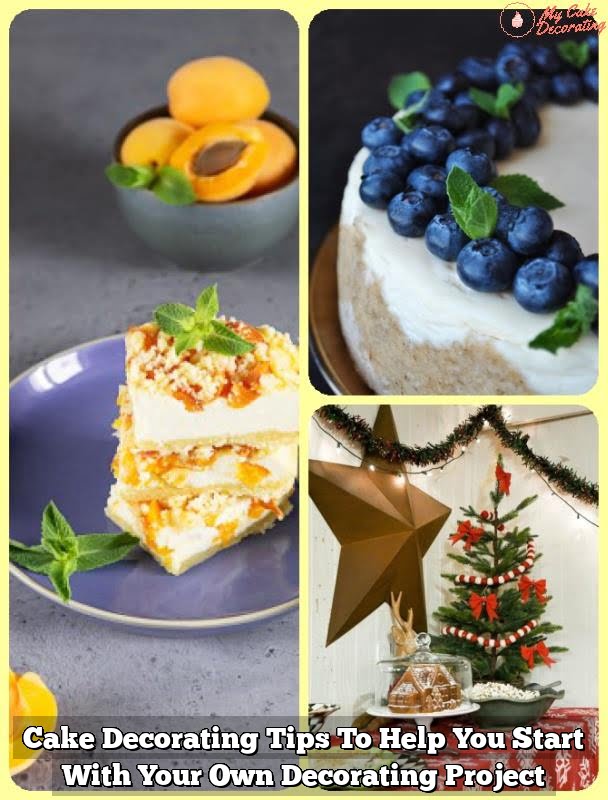Have you ever wondered what is the liquid cake makers use when decorating? Liquid ingredients play a crucial role in enhancing the appearance, flavor, and texture of cakes. From simple syrups to food coloring gelatin, these elements are essential tools for creating stunning designs that delight both the eyes and taste buds.
Cake decorators rely on a variety of liquid ingredients to bring their creations to life. These include simple syrup, food coloring and gelatin, fruit juices, royal icing, buttercream, edible glitter, luster dust, and more. Each ingredient serves a unique purpose in adding color, flavor, and moisture to cakes while allowing for intricate designs and creative expression.
In this article, we will explore the versatility of liquid ingredients used by cake makers for decoration. From the natural sweetness of fruit juices to the shimmering effects of edible glitter and luster dust, each element plays a significant role in elevating the artistry of cake decorating. Join us on this journey as we uncover the secrets behind creating beautiful cakes with the sweet touch of liquid ingredients.
Common Liquid Ingredients Used by Cake Makers for Decoration
Liquid ingredients play a crucial role in cake decorating, offering cake makers a wide range of options to enhance the taste, appearance, and texture of their creations. Some of the most common liquid ingredients used by cake makers for decoration include simple syrup, food coloring and gelatin, fruit juices, royal icing and buttercream, as well as edible glitter and luster dust.
Each of these liquids brings its own unique properties and benefits to the table, allowing for endless creativity and versatility in cake decoration.
One of the key liquid ingredients frequently used by cake makers is simple syrup. This mixture of sugar and water serves multiple purposes in cake decorating. It helps keep cakes moist by sealing in moisture during the decorating process.
Additionally, simple syrup can add an extra layer of flavor to cakes, especially when infused with complementary flavors like vanilla or citrus. By brushing layers of cake with simple syrup before frosting, cake makers can ensure a delicious and moist end result that is bursting with flavor.
Food coloring and gelatin are also essential liquid ingredients in creating vibrant designs on cakes. Food coloring allows for endless possibilities in customizing the color scheme of cakes, from pastel hues to bold shades. Gelatin is often used to create clear glazes or sturdy decorations that hold their shape well.
Combining these two ingredients can result in beautifully colored designs that are both visually appealing and structurally sound. Cake makers can experiment with different colors and textures to achieve their desired decorative effects using food coloring and gelatin.Vertical Response Data Marketing Trends 2021
| Liquid Ingredients | Benefits |
|---|---|
| Simple Syrup | Keeps cakes moist; adds flavor |
| Food Coloring and Gelatin | Create vibrant designs; provide structure |
Exploring the Versatility of Simple Syrup in Cake Decoration
Simple syrup is a versatile liquid ingredient that plays a crucial role in cake decoration. It is a mixture of sugar and water, boiled together until the sugar dissolves completely to create a clear, sweet syrup. Cake makers use simple syrup for various purposes, including adding moisture to cakes, enhancing flavors, and even helping with the assembly of multi-layered cakes.
Preserving Moisture and Freshness
One of the primary reasons cake makers use simple syrup is to keep their cakes moist and fresh for longer periods. Before decorating a cake, they often brush the layers with simple syrup to lock in moisture, preventing them from drying out. This step ensures that the cake stays delicious and tender, especially if it needs to be stored or displayed for an extended period.
Enhancing Flavor Profiles
In addition to preserving moisture, simple syrup also serves as a flavor enhancer in cake decoration. By infusing the syrup with different extracts such as vanilla, almond, citrus zest, or even liqueurs, cake makers can elevate the taste profile of their creations. The added hint of flavor from the simple syrup not only makes the cake more enjoyable but also creates a depth of taste that complements other decorative elements like frosting or fillings.
Creating Visual Appeal
Aside from improving texture and taste, simple syrup can also aid in creating visual appeal in cake decoration. Cake makers sometimes use colored syrups to add a subtle sheen or shine to their cakes, making them look more polished and professional. This technique enhances the overall presentation of the cake and adds an extra touch of elegance to any design.
The Magic of Food Coloring and Gelatin in Creating Vibrant Designs
Food coloring and gelatin are two key ingredients that cake makers use to create vibrant and eye-catching designs on their cakes. These liquid elements play a crucial role in enhancing the visual appeal of the baked creations, making them stand out and look more appealing to the eyes.
When it comes to food coloring, cake makers have a wide variety of options to choose from. Whether it’s traditional liquid food coloring or more concentrated gel or powder forms, these colorful additives allow bakers to achieve an endless array of hues and shades for their decorations. By carefully mixing different colors together, decorators can create beautiful gradients, intricate patterns, and even realistic-looking designs on cakes.
Gelatin is another essential ingredient that adds both texture and stability to decorative elements on cakes. By using gelatin as a binding agent, cake makers can create edible gems, flowers, figures, and other intricate details that hold their shape well. Gelatin also provides a glossy finish to decorations, making them look more professional and polished. This versatile ingredient opens up a world of creative possibilities for cake decorators looking to add depth and dimension to their designs.
Secrets Revealed
Fruit juices are a popular and versatile liquid ingredient that cake makers use when decorating to add natural flavor and vibrant colors to their creations. Whether used as a moistening agent, a flavor enhancer, or a coloring agent, fruit juices can bring a refreshing twist to traditional cake designs. Here are some ways in which cake makers utilize fruit juices in their decorating endeavors:
- Moistening Agent: Fruit juices such as orange juice, lemon juice, or pineapple juice can be brushed onto layers of a cake before filling and frosting to add moisture and an extra punch of flavor.
- Flavor Enhancer: By incorporating fruit juices like raspberry or passionfruit into buttercream frostings or ganaches, cake makers can elevate the taste profile of their cakes with a burst of fruity goodness.
- Coloring Agent: Certain fruit juices like blueberry or cherry can also double as natural food coloring agents for icings and glazes, providing a beautiful hue without the need for artificial dyes.
While fruit juices bring about numerous benefits in terms of flavor and color enhancement in cake decoration, it is important for cake makers to consider the acidity levels and sweetness of the juice they choose. Additionally, using too much juice can alter the consistency of frosting or batter, so it’s crucial to experiment with proportions to achieve the desired taste and visual appeal.
Next time you marvel at a beautifully decorated cake, remember that fruit juices might just be the secret ingredient behind its delightful flavors and vibrant colors.
Getting Creative With Royal Icing and Buttercream for Intricate Designs
Royal icing and buttercream are two of the most popular and versatile liquid ingredients that cake makers use when decorating. These ingredients not only serve as great mediums for creating intricate designs but also provide a smooth and flawless finish to the cake. The key to using royal icing and buttercream effectively lies in mastering the techniques of piping, flooding, and smoothing, which allow for endless creative possibilities.
Royal icing is a hard-drying icing made from egg whites or meringue powder, confectioners’ sugar, and sometimes lemon juice or cream of tartar. It is commonly used for intricate designs like lace patterns, delicate flowers, and three-dimensional decorations on cakes. On the other hand, buttercream is a soft and creamy frosting made from butter and confectioners’ sugar, often flavored with vanilla or other extracts. It is perfect for creating smooth finishes, piped borders, swirls, rosettes, and piped flowers.
One of the techniques that cake makers often use with royal icing is called flooding. This involves outlining a design on the cake with a thicker consistency of royal icing and then filling it in with a thinner consistency to create a smooth surface.
Buttercream, on the other hand, can be used for texturing techniques like basket weave patterns or ruffles. Both royal icing and buttercream can be tinted with food coloring to achieve vibrant colors that enhance the overall look of the cake decoration.
| Liquid Ingredient | Common Use |
|---|---|
| Royal Icing | Intricate designs such as lace patterns, delicate flowers, three-dimensional decorations |
| Buttercream | Smooth finishes, piped borders, swirls, rosettes, piped flowers |
Real Talk
Edible glitter and luster dust are two popular choices for adding sparkle and shine to cake decorations. However, each of these ingredients comes with its own set of pros and cons that cake makers should consider before using them in their creations.
Pros of Edible Glitter
One of the main advantages of edible glitter is that it can easily elevate the appearance of a cake, making it look more festive and glamorous. Edible glitter is available in a variety of colors and shapes, allowing cake makers to customize their designs according to their preferences. Additionally, edible glitter is safe for consumption, so it won’t pose any health risks to those enjoying the finished product.
Cons of Edible Glitter
On the flip side, some cake makers may find that edible glitter can be messy to work with. The fine particles can easily scatter and create a mess in the kitchen, requiring extra clean-up after decorating. Another downside is that edible glitter may not always provide the same level of shimmer or sparkle as non-edible alternatives, which could be a drawback for those looking for a more dazzling finish.
Pros and Cons of Luster Dust
Luster dust is another popular choice for adding shimmer to cakes and other confections. One benefit of luster dust is that it can give decorations a metallic or pearlized finish, creating elegant and sophisticated designs. Additionally, luster dust is versatile and can be used on a variety of surfaces, including fondant, gum paste, and even chocolate.
However, one potential drawback of luster dust is that it needs to be mixed with a liquid solution (such as lemon extract or clear alcohol) before application. This extra step may require some additional time and skill on the part of the cake maker. Furthermore, some varieties of luster dust may contain ingredients that are not suitable for certain dietary restrictions or allergies, so it’s important to check labels carefully before using them in your creations.
By weighing the pros and cons of edible glitter and luster dust, cake makers can make informed decisions about which ingredients will best suit their decorating needs. Ultimately, both options offer unique benefits that can enhance the visual appeal of cakes and desserts when used thoughtfully and creatively.
Expert Tips for Mastering the Art of Applying Liquid Ingredients in Cake Decoration
When it comes to mastering the art of applying liquid ingredients in cake decoration, there are a few expert tips that can make all the difference. One essential tip is to ensure that any liquid used in decorating cakes is at the right consistency.
Whether it’s simple syrup, food coloring, fruit juices, royal icing, or buttercream, the viscosity of these liquids plays a crucial role in achieving the desired results. Too thin of a liquid may cause colors to bleed or designs to run, while too thick of a liquid may not spread evenly.
Another important tip for using liquid ingredients in cake decoration is to practice proper technique and control. With liquids like simple syrup or fruit juices used for flavoring and moistening cakes, it’s important to apply them evenly and sparingly to avoid saturating the cake layers. When using food coloring and gelatin for creating vibrant designs, precision and patience are key. Take your time when mixing and applying these liquids to achieve crisp lines and vibrant hues.
Additionally, when working with royal icing, buttercream, edible glitter, or luster dust for intricate designs and finishing touches on cakes, it’s crucial to pay attention to detail. Utilize piping bags with different tips for precise decorations, experiment with various techniques such as piping, flooding, or airbrushing for unique effects.
And don’t be afraid to get creative and think outside the box when it comes to incorporating these liquid ingredients into your cake designs. Let your imagination run wild as you explore the endless possibilities of what is the liquid cake makers use when decorating.
Conclusion
In conclusion, the art of cake decorating goes beyond just the physical design – it involves a careful selection and application of liquid ingredients that add flavor, color, and texture to the final masterpiece. From simple syrup to fruit juices, food coloring to gelatin, cake makers have a wide range of options at their disposal when it comes to creating stunning cakes that not only look good but taste delicious too.
One of the sweet secrets behind beautiful cakes is understanding how to harness the versatility of these liquid ingredients. Whether it’s using royal icing and buttercream for intricate designs or edible glitter and luster dust for added sparkle, each ingredient plays a crucial role in elevating the overall aesthetic appeal of the cake. The creativity and skill required to master these liquid elements are what sets apart an ordinary cake from a truly extraordinary one.
So next time you marvel at a beautifully decorated cake, take a moment to appreciate the thought and effort that went into choosing and applying the liquid ingredients. It is through this attention to detail and dedication to craftsmanship that cake makers are able to transform simple ingredients into works of art that not only delight the eyes but also tantalize the taste buds.
After all, it’s these liquid components that bring life, flavor, and magic to every slice of cake we enjoy.
Frequently Asked Questions
What Is the Liquid Cake Decorators Use?
Liquid cake decorators use icing or frosting to decorate cakes. These sweet, creamy mixtures can be piped, spread, or drizzled onto cakes to create various designs and decorations.
What Is the Thing That Bakers Use to Decorate Cakes?
Bakers use a variety of tools and equipment to decorate cakes. Some common items include piping bags and tips for creating intricate designs with icing, fondant for sculpting shapes and figures, edible food colors for adding vibrant hues, and stencils for precise patterns.
What Is the Stuff They Spray on Cakes?
The stuff that they spray on cakes is typically edible food spray or food coloring spray. These sprays are used to add a quick burst of color or shimmer to the surface of the cake, enhancing its overall appearance without the need for intricate decorating techniques.

Welcome to my blog about home and family. This blog is a place where I will share my thoughts, ideas, and experiences related to these important topics. I am a stay-at-home mom with two young children. I hope you enjoy reading it! and may find some helpful tips and ideas that will make your home and family life even better!

